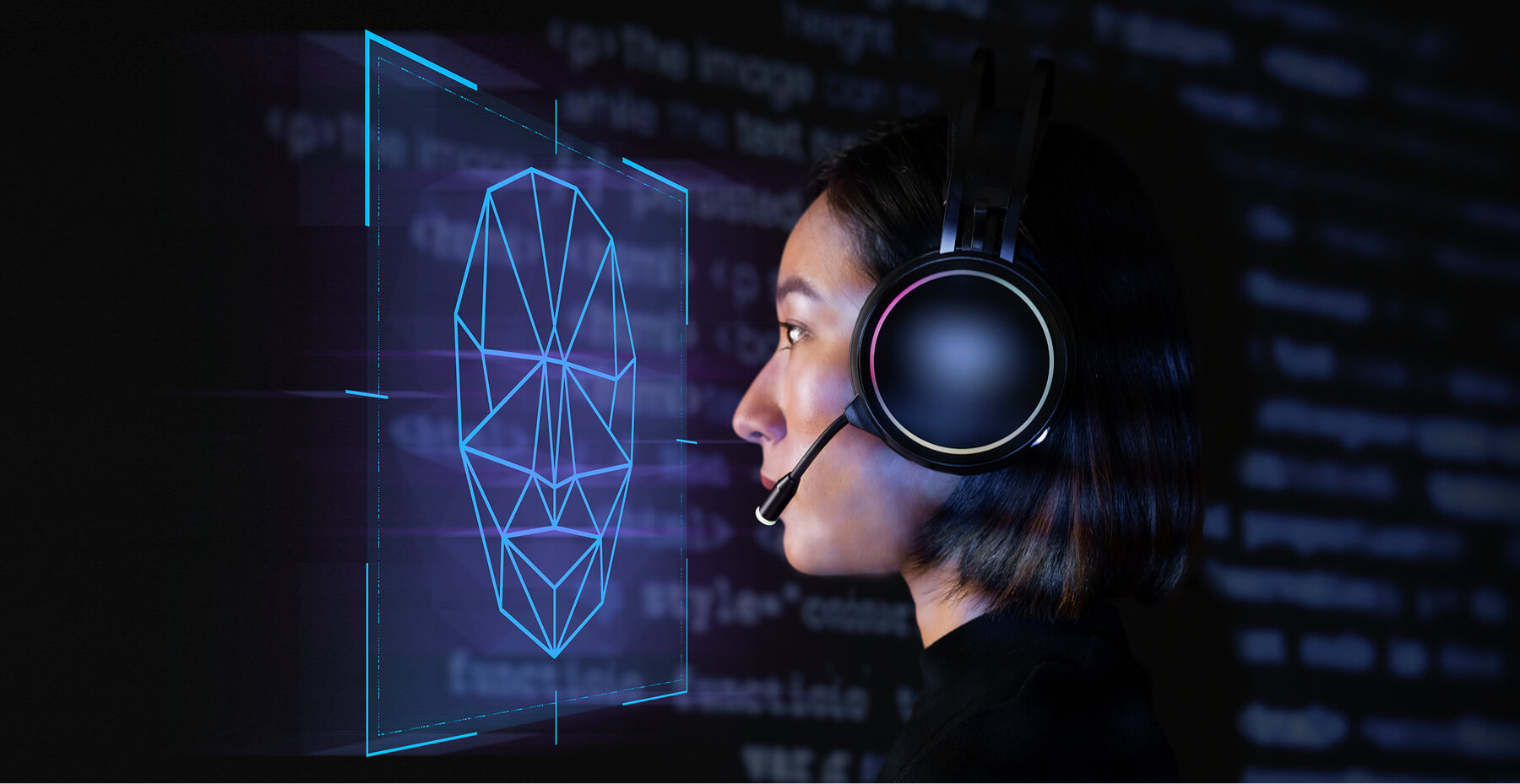
Insights
Did you know you can train your own GPT?
Training your own GPT model can be a game-changer for businesses looking to develop custom AI solutions. A custom-trained GPT allows you to fine-tune AI behavior, personalize responses, and tailor content specifically to your industry. Here’s a quick guide on how you can train your own GPT for specialized applications.
1. Define Your Training Objectives
Before training a GPT model, clarify your goals. Are you aiming to improve customer support, create specialized content, or automate tasks? Defining objectives helps you determine the type of data and parameters to use, allowing you to tailor the model’s behavior to your needs.
2. Gather and Prepare High-Quality Training Data
Training a GPT requires a substantial amount of domain-specific data. Collect and curate data that reflects the topics, tone, and language style you want the GPT to learn. This could include customer service transcripts, blog articles, FAQs, or technical documents. Clean and organize the data to ensure it’s accurate and relevant, as data quality directly impacts model performance.
3. Use Fine-Tuning on Pre-Trained Models
Fine-tuning a pre-trained model, like GPT-3 or GPT-4, is often more practical than training a model from scratch. This involves feeding your custom data into the existing model, allowing it to adapt while retaining its broad capabilities. Fine-tuning lets you control specific outputs, making it ideal for applications such as branded customer support or industry-specific content generation.
4. Optimize and Test the Model’s Responses
After fine-tuning, it’s crucial to test the model’s responses to ensure they align with your goals. Run various prompts through the model and adjust the parameters if needed. Test for accuracy, relevance, and tone, ensuring the model meets your standards. Regular testing and iterative improvements will optimize the model’s performance.
5. Implement and Monitor for Ongoing Improvement
Once trained, integrate your custom GPT model into your website or application, such as a chatbot or content generator. Monitor its performance by analyzing interactions and gathering feedback from users. Regular updates and retraining will keep the model effective, especially as industry trends and language evolve.
Custom GPTs open up powerful opportunities for personalization and automation. By training your own model, you can create AI-driven interactions that are aligned with your brand and tailored to your audience’s needs.
Insights
Insights and Innovations to Fuel Your Growth





